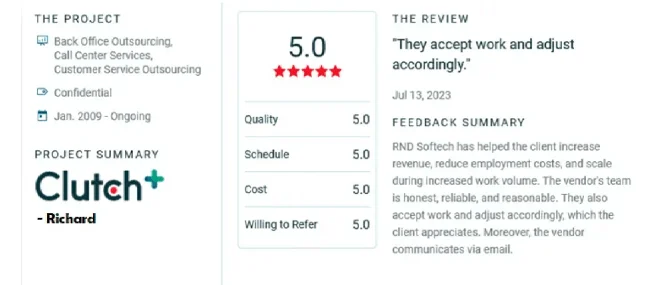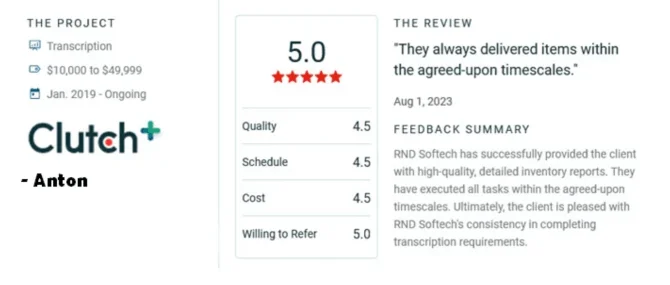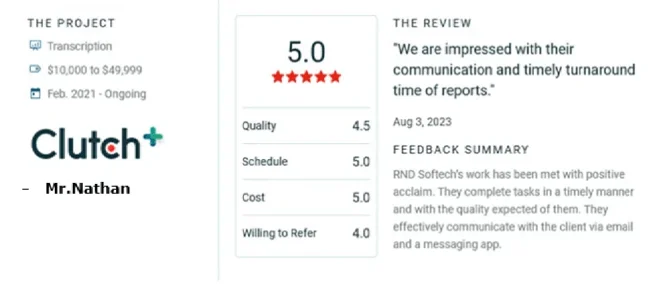Core Functions of RCM Management
-
Patient registration and scheduling
-
Insurance verification and eligibility checks
-
Claim submission and follow-up
-
Denial management
-
Payment posting and collections
Benefits of RCM Monitoring
-
Increased cash flow
Better RCM leads to faster payments and fewer delays in collections.
-
Lower denial rates
Monitoring helps identify patterns in claim denials, allowing teams to address issues proactively.
-
Improved patient satisfaction
Smooth billing processes contribute to a better patient experience, which in turn supports organizational growth.
Steps to Monitor RCM Improvements
Monitoring RCM effectively requires a structured approach. Here's how a team can stay on top of improvements:
Establishing Key Performance Indicators (KPIs)
First, teams should define the key metrics they want to monitor. These indicators will serve as the benchmarks for measuring RCM performance over time.
Tracking Patient Billing Efficiency
Efficient patient billing is crucial to the success of RCM. By monitoring the speed and accuracy of billing, teams can pinpoint issues that may be slowing down payments.
Monitoring Claim Denial Rates
Claim denials are one of the biggest obstacles to revenue collection. By tracking denials and their causes, teams can address common issues, reducing future denials.
Key Performance Indicators (KPIs) for RCM
KPIs are essential in determining the success of RCM efforts. Here are some critical metrics to monitor:
Monitoring Claim Denial Rates
Days in Accounts Receivable (AR)
Clean Claim Ratio
The clean claim ratio shows the percentage of claims submitted without errors. A higher ratio means fewer delays due to reprocessing or rejections.
Net Collection Rate
This metric measures the effectiveness of the organization in collecting payments owed. A high net collection rate indicates strong RCM performance.
Patient Billing Efficiency
Accurate billing is at the heart of an effective RCM system. Mistakes in patient billing lead to delayed payments and unhappy patients.
Role of Accuracy in Patient Billing
Accurate billing ensures patients are charged correctly and claims are submitted without errors, speeding up the payment process.
Improving Communication in Billing
Clear and transparent communication between billing teams and patients can reduce confusion and expedite payments.
Claim Denial Management
Claim denials are a common challenge in RCM. Monitoring denial rates and addressing the root causes is key to improving revenue collection.
Common Causes of Denials
-
Incorrect patient information
-
Insurance eligibility issues
-
Coding errors
Strategies for Reducing Denials
Regularly auditing claims and providing training on coding can significantly reduce denial rates.
Automation in RCM Monitoring
Automation plays a huge role in monitoring RCM improvements. It reduces human error, speeds up processes and provides real-time data for analysis.
Benefits of Automation in RCM
-
Efficiency
Automation speeds up repetitive tasks like claim submissions.
-
Accuracy
It reduces the chances of errors in billing and claims processing.
Tools to Automate RCM Monitoring
There are several RCM software solutions that automate key aspects of the revenue cycle, from billing to reporting.
Revenue Cycle Analytics
Data analytics provide deeper insights into the performance of the revenue cycle, allowing teams to make data-driven decisions.
Key Metrics to Analyze
-
Payment turnaround time
-
Patient responsibility collection rates
-
Denial rates and causes
Role of Technology in RCM Monitoring
Technology integration, such as Electronic Health Record (EHR) systems and specialized RCM software, is essential for efficient monitoring.
Integrating EHR Systems
EHR systems streamline data entry and communication, improving the accuracy of claims and patient billing.
Using RCM Software for Better Insights
RCM software provides comprehensive reports and real-time data, making it easier for teams to monitor improvements.
Communication Between Departments
Effective RCM monitoring requires coordination between various departments within the organization.
Aligning Financial and Clinical Teams
Ensuring that financial and clinical teams work together can reduce errors in billing and improve patient data accuracy.
Importance of Transparent Communication
Clear communication ensures that everyone is on the same page and can work together to address issues promptly.
Training and Education for Teams
Continuous training is necessary for staying updated on changes in the healthcare industry and improving RCM practices.
Continuous Training for Team Members
Teams should be trained regularly on the latest billing codes, software updates, and industry regulations to ensure efficiency.
Keeping Up with Industry Trends
Staying informed about the latest trends in RCM can help organizations stay competitive and efficient.
RCM Reporting and Data Sharing
Regular reporting allows teams to stay on top of their RCM performance and make adjustments when necessary.
Regular Reporting Practices
Reports should be generated frequently to track KPIs and ensure the organization meets its revenue targets.
Sharing Data with Stakeholders
Sharing insights with stakeholders, including department heads and administrators, ensures transparency and informed decision-making.
Measuring the ROI of RCM Improvements
Evaluating the ROI of RCM improvements helps teams understand the financial impact of their efforts.
Evaluating the Financial Impact
By analyzing the financial performance before and after implementing RCM changes, teams can measure the effectiveness of their strategies.
Measuring Long-term Success
Monitoring long-term trends is crucial for understanding the sustainability of RCM improvements and ensuring continued financial growth.
Conclusion
Monitoring revenue cycle management improvements is essential for maintaining financial health and ensuring the smooth operation of healthcare organizations. By tracking KPIs, automating processes and fostering communication between departments, teams can make informed decisions that lead to sustainable improvements in RCM performance.















